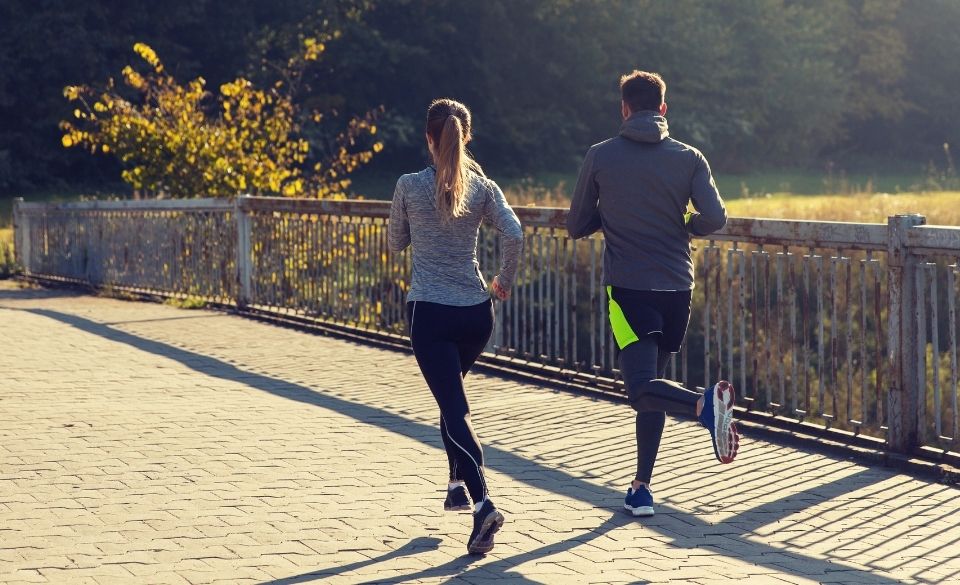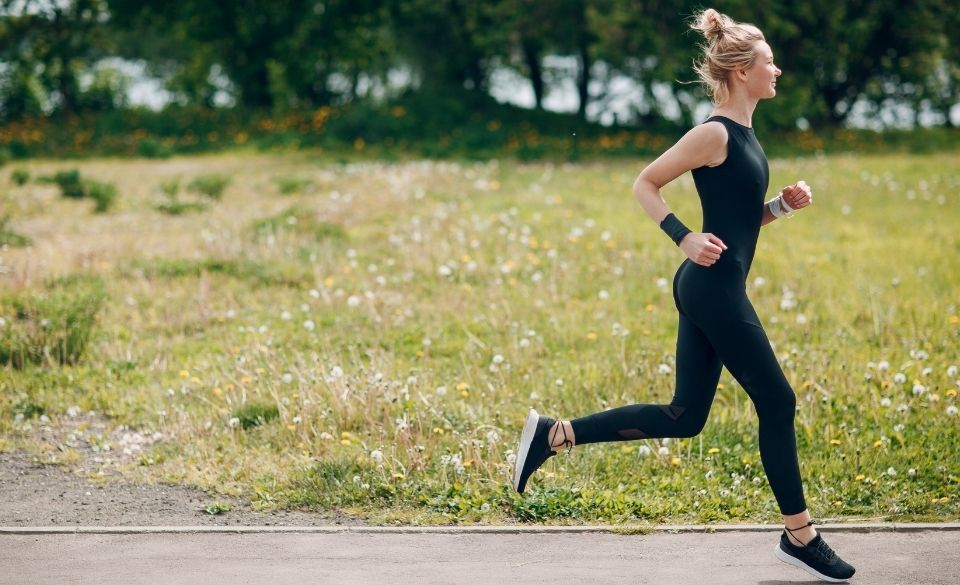
Chi Running Technique & Method – Can It Help Your Running?
Page Contents
Even though our bodies are designed to be active, which means walking, running, and jumping, it doesn’t mean we should look at ways to improve our technique.
By improving our running technique, we can reduce the chance of injury, improve our running economy to become a faster runner.
The Chi running method is one of the many methods of improving the economy of your gait. Many experts say that Chi running is one of the best ways to become a more efficient and less injury-prone runner.
But is this true? Does Chi running improve your running efficiency?
Keep reading to find out more about this running technique.
What is Chi Running?
Chi running was developed by ultramarathoner Danny Dreyer and was inspired by Tai Chi, an ancient Chinese martial art.
This method of running mixes physiological, mental, and spiritual elements together with proven running principles.
The goal behind the Chi Running method is simple. The goal is to reduce stress on the muscles, bones, and ligaments. Thus, helping to improve speed and reduce the chances of injury.
By doing so, learning the Chi Running method can help people struggling with injuries and help them make training much more enjoyable again.
However, there aren’t many studies on the effects of Chi running. One study from the Journal of Orthopaedical & Sports Physical Therapy found that this method of running helped reduce loading on the hips and knees. However, it also increased the loading on the ankles.
Unfortunately, there aren’t many other studies available. However, from the small amount of research available, Chi running may suit someone that struggles with knee and hip problems. Rather than someone with ankle issues.

What is the Chi Running Method?
So now you must be wondering what the Chi running method is.
There are 4 key principles to this method of running, and these are:
– Run tall
– Lean forward
– Midfoot landing position
– Core engagement
To practice Chi running you need to learn to run tall. That means running with the correct posture. To do this try to keep your head, shoulders, hips, and feet aligned. When your body is aligned, your body will use less energy to propel itself forward.
While keeping your body in line, you need to lean forward. This is one of the most vital parts of Chi running. By leaning forward you help keep the body tall, while gravity helps your propulsion forward.
It is important to know that running with a slight lean forward will help you land more on your midfoot.
Landing on your midfoot has been proven to reduce the chances of injury and reduce impact when landing. So, if you are constantly struggling with shin splints, stress fractures, and knee pain, try leaning forward slightly when you run.
However, make sure you don’t lean too far forward, as doing so may make you lose control of your form. Make sure you lean from the ankles rather than the waist. That way gravity will become your friend.
Last but not least is your core.
Since the Chi running method requires you to run with a level pelvis rather than a forward-tilted one, you need to engage your core muscles more.
By keeping your core engaged, you can keep your pelvis level, and it will also help shorten your stride naturally.
Shortening your stride is the key to preventing heel striking when running and overstriding.
Heel striking generally happens when your foot lands too far out in front of your hips, causing a braking motion when you run. This ends up putting excess stress on your joints, tendons, and muscles.
So remember if you are planning to try this running method. Aim to run tall with a slight lean and then shorten your stride. Just remember to engage your core to help keep your pelvis aligned.
Does Chi Running Really Work?
While there are limited studies available, one study found that between four types of running techniques, Chi running faired the best.
The study found that the Chi technique reduced overall impact and rate of impact. More than any other technique. Participants also noticed lower impact on the knees and hips and a smoother landing.
They also found in the study that the participant’s knee extension was reduced. A common occurrence when over-striding.
While this is only one study, it does show there may be a benefit to trying the Chi running technique.
However, it is important to slowly progress into this method, as the Chi style places more load on the ankles when running.
Conclusion
It doesn’t matter if you are changing your running technique to the Chi method, or even the Pose method. You need to slowly progress into the complete technique over time. That means slowly working on one part of the gait at a time. If you are starting with the Chi technique for the first time, focus on your body position first. This means running tall, keeping your pelvis in line with the body.
The next phase focus on shortening your stride and your midfoot landing position. Then finally focus on engaging your core.
This should take multiple months to finally perfect. However, if you find along the way you start to have niggles or injuries, slow everything down and allow adequate recovery.
If you struggle with ankle issues, the Chi running technique might not be the one for you. Just like anything, you won’t know until you try. Just remember this form of running technique doesn’t suit everyone. What works for one person, may not work for you! So keep that in mind when trying to change your running style and don’t get carried away and fix what’s not broken.



